Sitio de Estudio de la Naturaleza y Flores Silvestres de Gwacheon (과천야생화자연학습장)
11.7Km 2023-07-21
Gyoyukwon-ro 118, Gwacheon-si, Gyeonggi-do
Yeonbyeon Naengmyeon 2hojeom (연변냉면 2호)
11.7Km 2021-03-25
4, Dorim-ro, 31-gil, Yeongdeungpo-gu, Seoul
+82-2-844-8836
It is a place serving naengmyeon (Korean cold noodle) using Chinese-style broth. This Korean dishes restaurant is located in Yeongdeungpo-gu, Seoul. The most famous menu is cold buckwheat noodles.
Jinmi Yangkkochi (진미양꼬치)
11.8Km 2021-03-25
1, Dorimcheon-ro, 11-gil, Yeongdeungpo-gu, Seoul
+82-2-842-7758
You can enjoy lamb skewers and premium lamb ribs. This restaurant's signature menu is lamb skewers. This Korean dishes restaurant is located in Yeongdeungpo-gu, Seoul.
Chammanna (참만나)
11.8Km 2019-04-24
441, Hwarang-ro, Nowon-gu, Seoul
+82-2-974-1500
This galbi restaurant is located in Taereung where the popular dish, Taereung Pork Galbi originated. The restaurant is equipped with their original charcoal roasters that release less smoke and smell when grilling pork or beef galbi at the table.
Dubu KiTCHEN (두부키친)
11.9Km 2021-03-19
310, Wiryegwangjang-ro, Sujeong-gu, Seongnam-si, Gyeonggi-do
+82-31-723-7921
This is a Korean cuisine located in Seongnam-si, Gyeonggi-do. The representative menu is spicy seafood and soft bean curd stew. It is a spicy stew made with seafood and soft tofu.
Ihwa Gamjaguk (이화감자국)
12.0Km 2021-03-29
174-1, Eungam-ro, Eunpyeong-gu, Seoul
+82-2-307-4723
It is an old restaurant serving Gamjatang (pork backbone stew) at Gamjatang Street in Eungam-dong. This Korean dishes restaurant is located in Eunpyeong-gu, Seoul. The most famous menu is pork back-bone stew.
D-Cube Arts Center (디큐브아트센터)
12.1Km 2024-02-28
Gyeongin-ro 662, Guro-gu, Seúl
Sheraton Seoul D Cube City Hotel (쉐라톤 서울 디큐브시티 호텔)
12.1Km 2020-06-19
662, Gyeongin-ro, Guro-gu, Seoul
+82-2-2211-2000
Sheraton Seoul D Cube City Hotel is the third Sheraton Hotel to be opened in Korea. The new Sheraton Hotel (operated by Starwood Hotels and Resorts Worldwide Inc.) is a top-tier accommodation in southwestern Seoul offering high-quality services and a prime location. This five-star hotel has 269 guestrooms, 12 meeting rooms, a Grand Ballroom, restaurants, a bar, a café, a fitness center, and a swimming pool. The hotel is located at the top of the D Cube building and is directly linked to the D Cube Department Store, D Cube Art Center and D Cube Park, enabling a new lifestyle of shopping and culture and leisure activities all under one roof.
Sheraton Seoul D Cube City Hotel has a variety of innovative features, but the most unique trait is that the lobby, restaurant, and bar are located on the very top of the building on the 41st floor! The 269 guestrooms are also located in the upper levels of the D Cube structure, allowing for a bird’s-eye view of the city.
To reach the hotel (located in D Cube City), take the subway and get off at Sindorim Station (Exit 1). Those taking Airport Limousine Bus No. 6180 will be dropped off directly in front of the hotel entrance.
Daebak Ssambap duruchigi (대박쌈밥두루치기)
12.1Km 2021-03-27
7, Eungam-ro 9-gil, Eunpyeong-gu, Seoul
+82-2-303-3090
It is a place where you can enjoy fresh Ssam vegetables and various cuts of beef and pork. This restaurant's signature menu is leaf wraps and meat set menu. This Korean dishes restaurant is located in Eunpyeong-gu, Seoul.
Templo Cheonggyesa en Gyeonggi-do (청계사(경기))
12.1Km 2021-11-29
Cheonggye-ro 475, Uiwang-si, Gyeonggi-do.
A poca distancia del lago Baegun, existía un templo famoso por la flor mítica del budismo, la “udumbara”. Siendo una especie rara de flor, suelen presentarse en las áreas de la estatua de Buda, pero resulta, que esta flor había aparecido en el templo Cheonggyesa del monte Cheonggyesan. El templo fue fundado durante el período de Silla y fue restaurado al 10º año de reinado de Chungnyeol (1284), y posee una gran cantidad de patrimonios y reliquias históricas pertenecientes al budismo. Entre los valiosos tesoros que posee el templo, lo más destacable es la campana de cobre y la plancha de madera. La campana de cobre fue construída a los 27 años de reinado de Sukjong (1701), con representaciones de dos enormes dragones, la imagen del Buda que sostiene una flor de loto, entre otras figuras tradicionales del budismo. La plancha de madera fue designada Patrimonio Cultural de Gyeonggi-do, y hoy en día se conservan 466 planchas de 18 tomos. Además de las mencionadas, también sostiene textos budistas, y otros valiosos registros de la antigüedad.

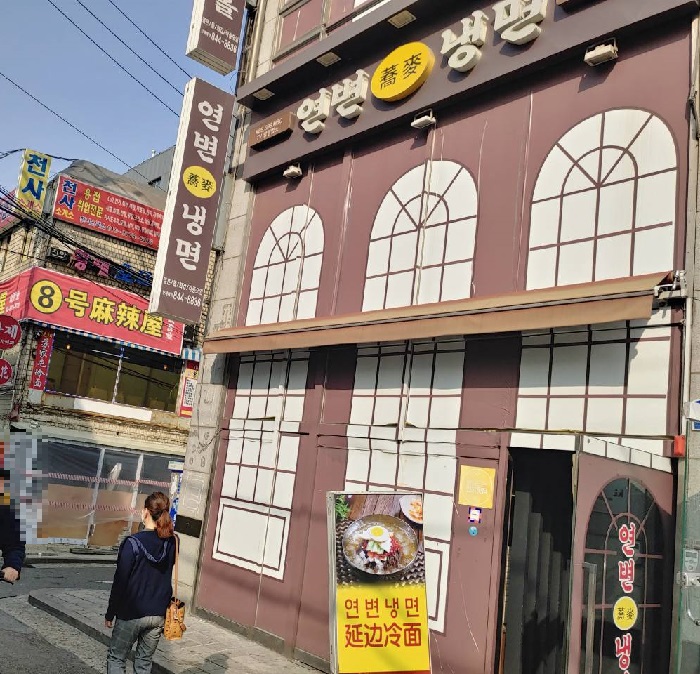
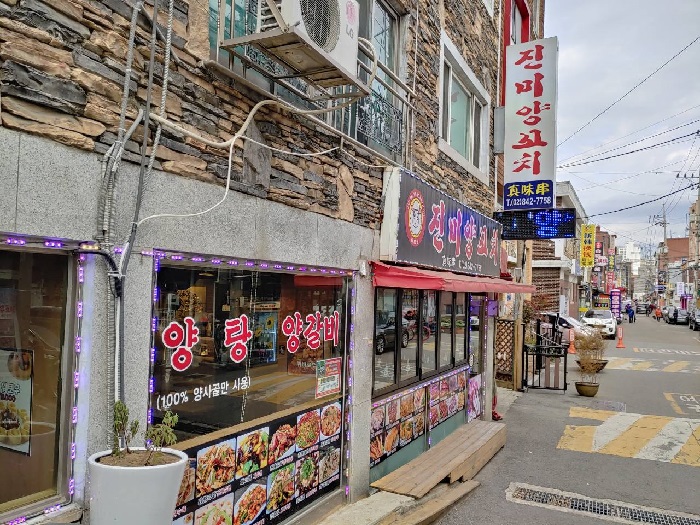
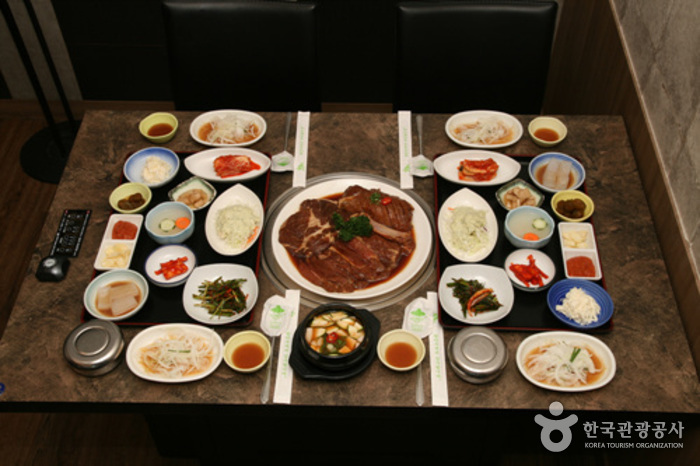
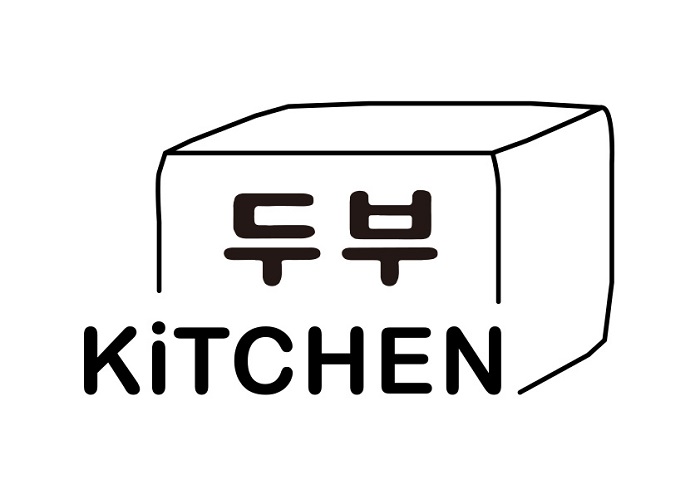
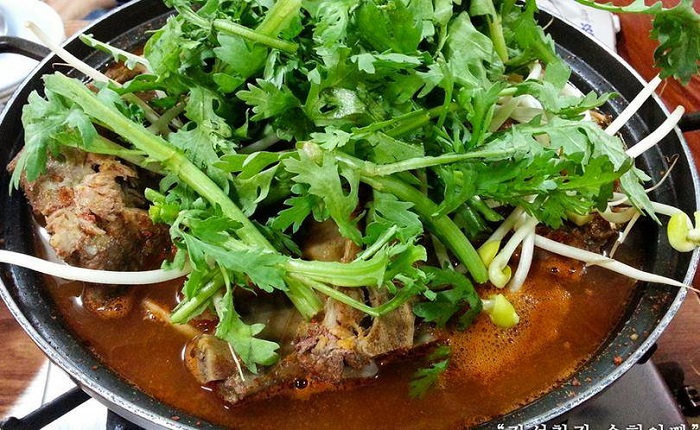
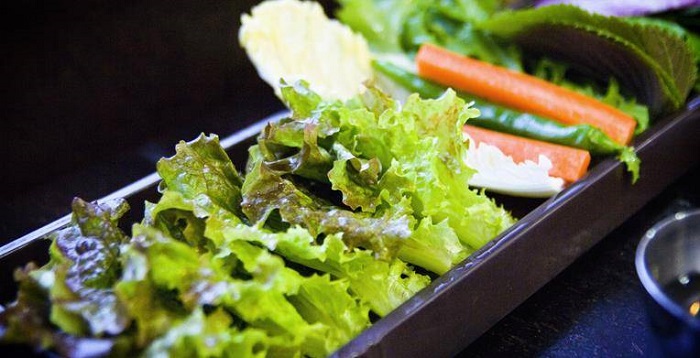
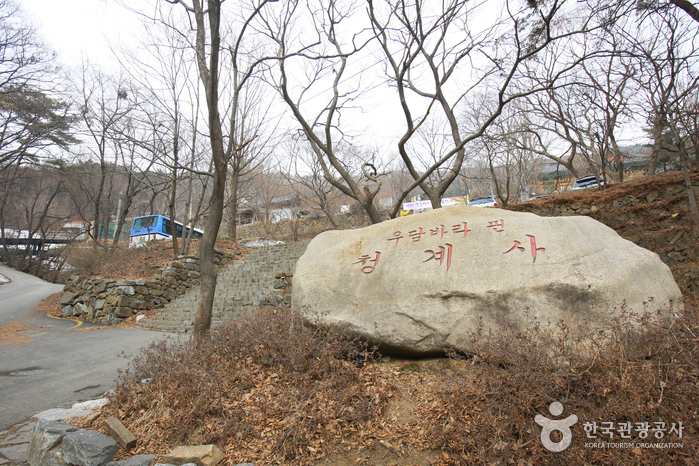
 Español
Español
 한국어
한국어 English
English 日本語
日本語 中文(简体)
中文(简体) Deutsch
Deutsch Français
Français Русский
Русский